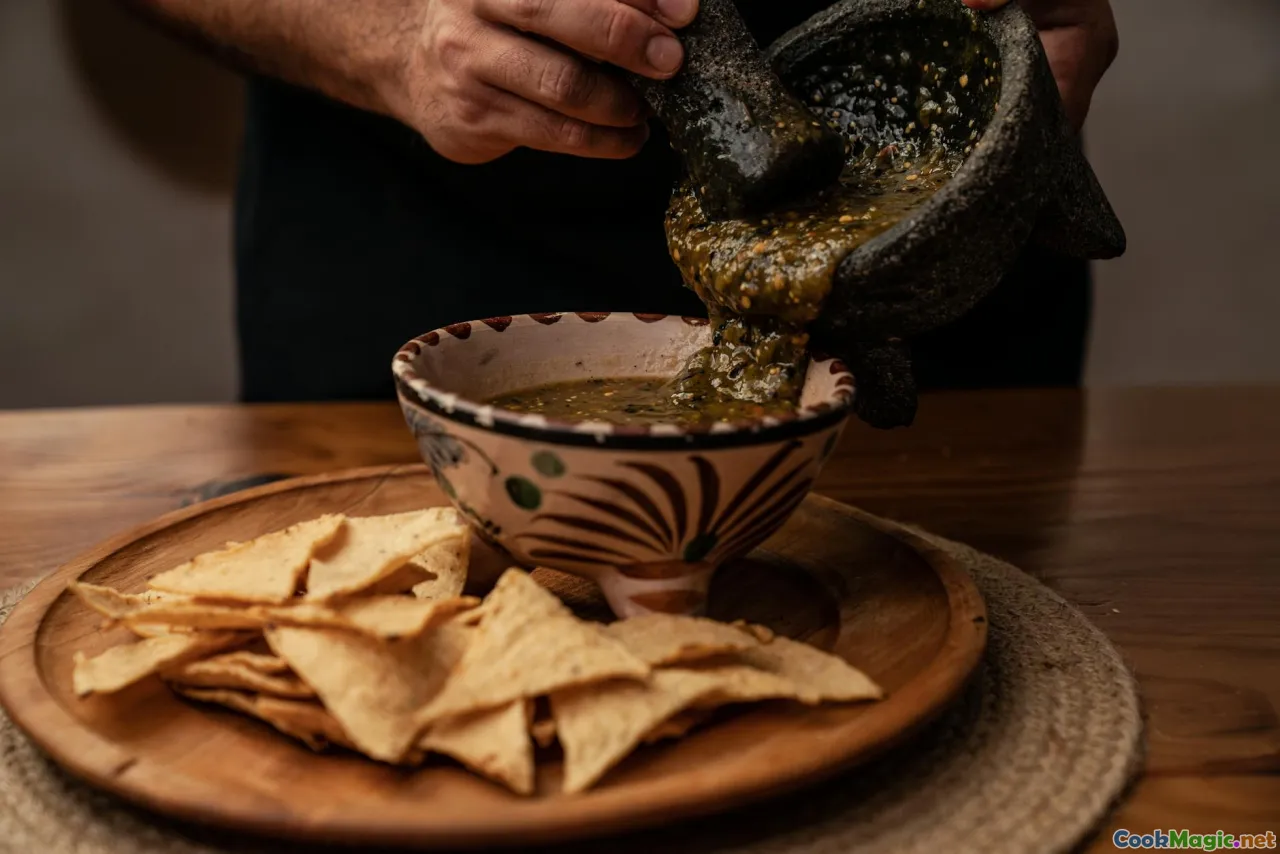Herbs and Spices in Bahamian Cuisine
4 min read Discover the vibrant world of herbs and spices that define Bahamian cuisine, blending history, culture, and sensory delight in every dish. April 28, 2025 01:55
Herbs and Spices in Bahamian Cuisine
Imagine standing on a sun-drenched Bahamian beach, the salty ocean breeze mingling with the fragrant aroma of herbs and spices that define the islands' culinary soul. Bahamian cuisine is a tapestry woven from history, nature, and cultural influences, where every dish tells a story. Central to this story are the vibrant herbs and spices that elevate local ingredients into a symphony of flavors, creating dishes that are as colorful and lively as the islands themselves.
The Cultural Tapestry of Bahamian Flavors
Bahamian cuisine reflects a rich history of indigenous peoples, African heritage, European colonization, and Caribbean influences. This melting pot has resulted in a unique culinary identity, where herbs and spices serve as the bridge connecting past and present.
From the bustling fish fry joints in Nassau to the quiet fishing villages of the Exumas, the use of herbs and spices is both practical and poetic. They not only season food but also preserve, heal, and symbolize cultural pride.
The Heart of Bahamian Herbs
Fresh and Fragrant: The Use of Local Herbs
Bahamian kitchens are alive with the aroma of fresh herbs, often harvested straight from the garden or wild foraged. Among the most cherished are:
- Thyme: A cornerstone herb, thyme is ubiquitous in Bahamian dishes, imparting a warm, earthy aroma that grounds seafood stews, rice dishes, and marinades.
- Bay Leaves: Used to infuse broths and stews, bay leaves add a subtle depth and aromatic complexity.
- Oregano: Often blended into marinades, it lends a slightly bitter, pungent note that complements the island’s seafood and meats.
- Scotch Bonnet Peppers: Though technically a fruit, their intense heat and fruity flavor are integral to Bahamian spice blends.
Wild Foraged Herbs and Unique Flavors
Bahamian folk medicine and cooking also incorporate wild herbs like cerasee(bitter melon leaf) andbush tea herbs, which add layers of flavor and health benefits.
The Spice Palette of the Bahamas
The Signature Spices
The spice blends and individual spices used in Bahamian cuisine are both simple and bold, designed to enhance the natural flavors of local ingredients:
- Allspice (Pimento): Known locally as pimento, this warm, sweet-spicy berry is essential in jerk seasonings, marinades, and baked goods.
- Cinnamon: Used in both sweet and savory dishes, cinnamon adds a sweet warmth that balances spicy and salty flavors.
- Nutmeg: Often paired with cinnamon, nutmeg enriches desserts and savory rice dishes.
- Cloves: Impart a strong, aromatic pungency, used sparingly in stews and beverages.
Spicy Heat: Scotch Bonnet and Habanero
The fiery Scotch bonnet peppers are legendary in Bahamian cooking. They bring a fruity heat that can be both invigorating and comforting. When used in moderation, they create the signature









